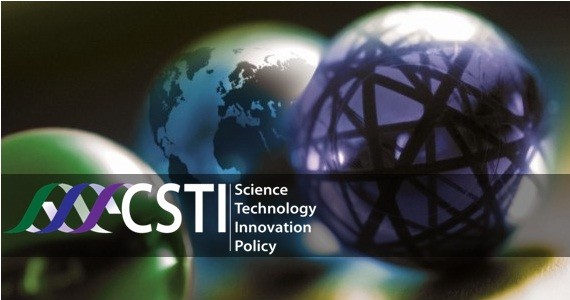Technology, Science, And Culture

What Are Science And Technology?
in STS might be at the forefront of creating solutions to the most pressing issues of the 21st century, such as international climate change, sustainable financial progress, the alleviation of poverty and illness, and the uses of artificial intelligence. Scientific data and its use in expertise and financial and societal growth has turn into more and more global and multipolar. While Europe and the U.S. have traditionally led in scientific growth, China particularly has emerged as a brand new science and technology (S&T) powerhouse. These are among the many findings of a new survey of Americans’ attitudes and expectations about the future of technological and scientific developments, conducted by the Pew Research Center in partnership with Smithsonian journal.
The Department of Science, Technology, and Society presents coursework and applications that bridge the humanities, social sciences, natural sciences, and engineering to offer a greater understanding of the methods during which these fields are mutually interacting forces in our world. The division teaches how to analyze the socio-cultural, historic, political, economic, environmental, ethical, scientific, and/or technological factors that influence the methods during which we reside, in addition to how these forces impact one other. We are motivated by the belief that understanding science and technology, previous and present, is both socially essential and intellectually challenging. Scientific and technological advances lay the platform for international competitiveness, driving the bulk of nationwide development and improvements in the high quality of life around the world.
The basics of meals science are offered with explanations for ingredient, food and beverage reactions. Carbohydrates, lipids, proteins and water are featured inside the context of frequent cooking and baking methods and factors, including emulsions, enzymes, heat transfer, the Maillard reactions, temperature, time and texture. The properties of dairy merchandise, fat, fruits, grains, legumes, meats and vegetables are explored to clarify their functions in healthy cooking and baking. The sensory concerns of food and beverage choice and taste enhancement strategies are emphasized in food acceptance, vitamin and well being. The reasons why recipes succeed or fail are identified and sensible purposes for his or her enchancment are given.
Sometimes it’s claimed that what engineers purpose to maximize is just one factor, particularly market success. The engineer’s maximization effort will as a substitute be directed at what are considered the predictors of market success.
Peter Schöffer–appear to have taken the ultimate steps, casting metallic sort and locking it into a wooden press. The invention unfold just like the wind, reaching Italy by 1467, Hungary and Poland within the 1470s, and Scandinavia by 1483. Without the printing press it’s unimaginable to conceive that the Reformation would have ever been more than a monkish quarrel or that the rise of a new science, which was a cooperative effort of a world group, would have occurred at all.
Some current literature tends to swing towards the opposite and suggests that technology precedes science. Elsewhere, I described the event of a successful corkscrew by a Dutch firm named Brabantia ( de Vries, 1994a ). In that research it turned evident that scientific knowledge had only a very limited affect on the development of the product and the explanation for the great success of the corkscrew is simply to a small extent based on clever use of information of natural phenomena.
Public understanding and engagement with science, and citizen participation including via the popularization of science are essential to equip residents to make informed personal and skilled decisions. Governments have to make selections primarily based on high quality scientific information on points corresponding to well being and agriculture, and parliaments must legislate on societal points which necessitate the latest scientific information. National governments need to know the science behind major world challenges such as local weather change, ocean well being, biodiversity loss and freshwater security. However, studies show that cell communication impacts people in a unfavorable method in terms of being sociable and making face-to-face contact.
This would be the best way of demystifying science and scientists and upgrading society’s scientific literacy. This additionally means that we have to educate the educators and consequently to adopt adequate science curricula at college training departments. Abramson’s ALOHAnet and its packet broadcast expertise was a revolutionary advance over the switched-circuit data applied sciences of the time. Robert Metcalfe, who went on to develop Ethernet, spent appreciable time with Abramson, learning the way that the ALOHAnet used knowledge packets.

